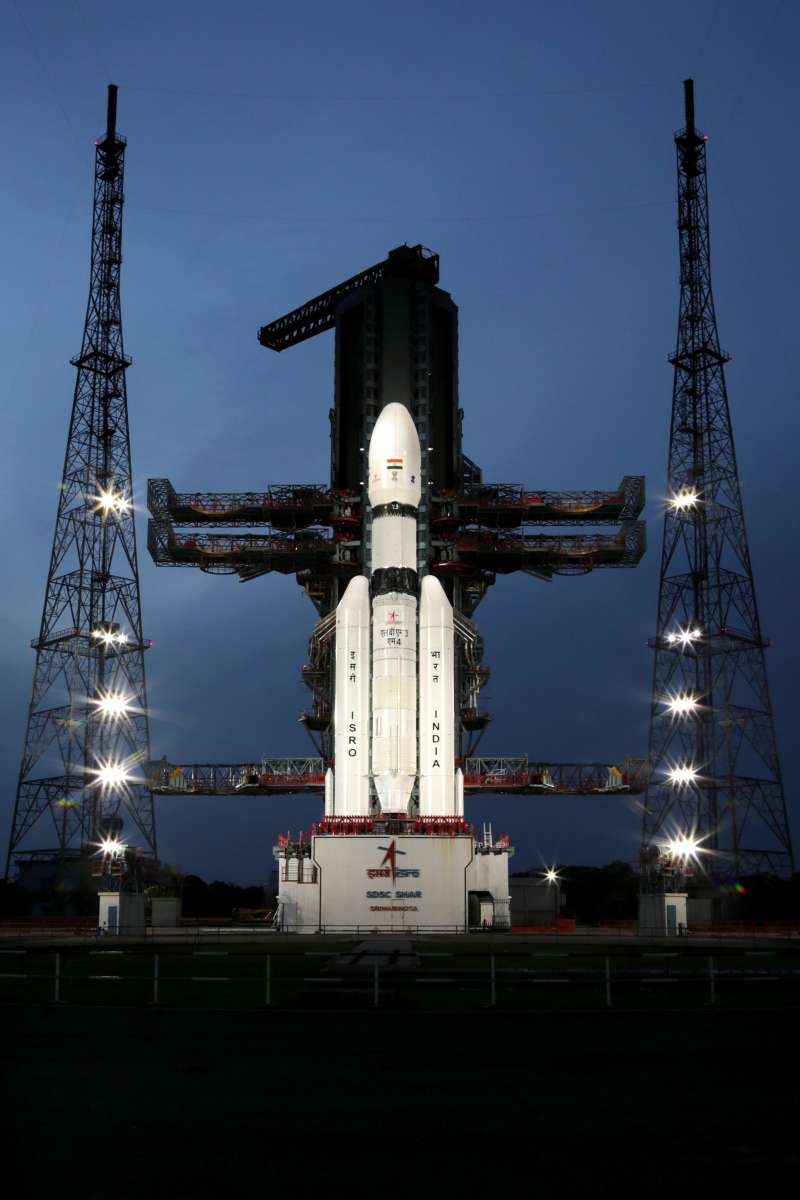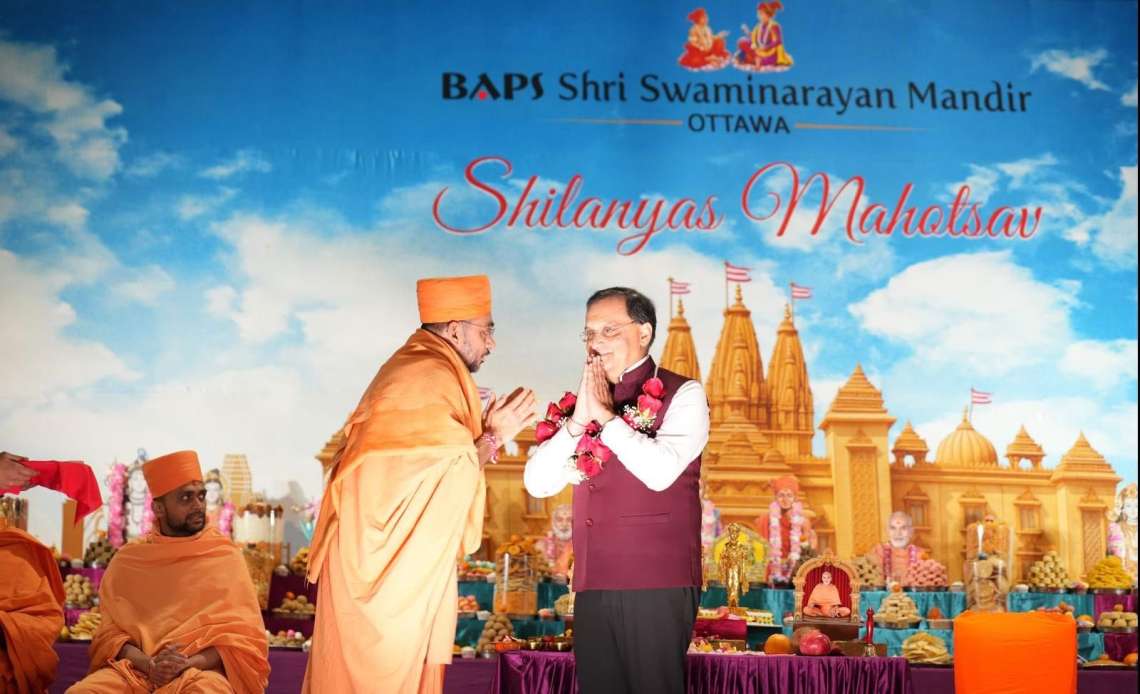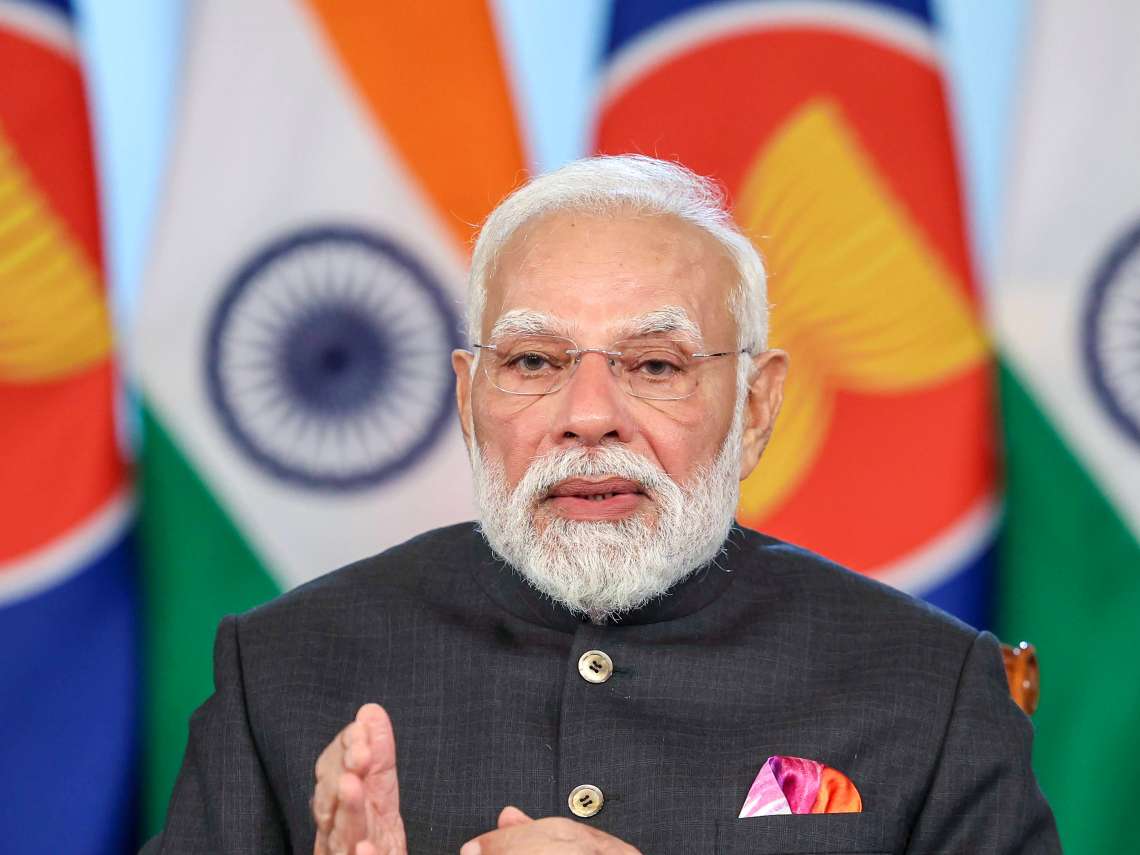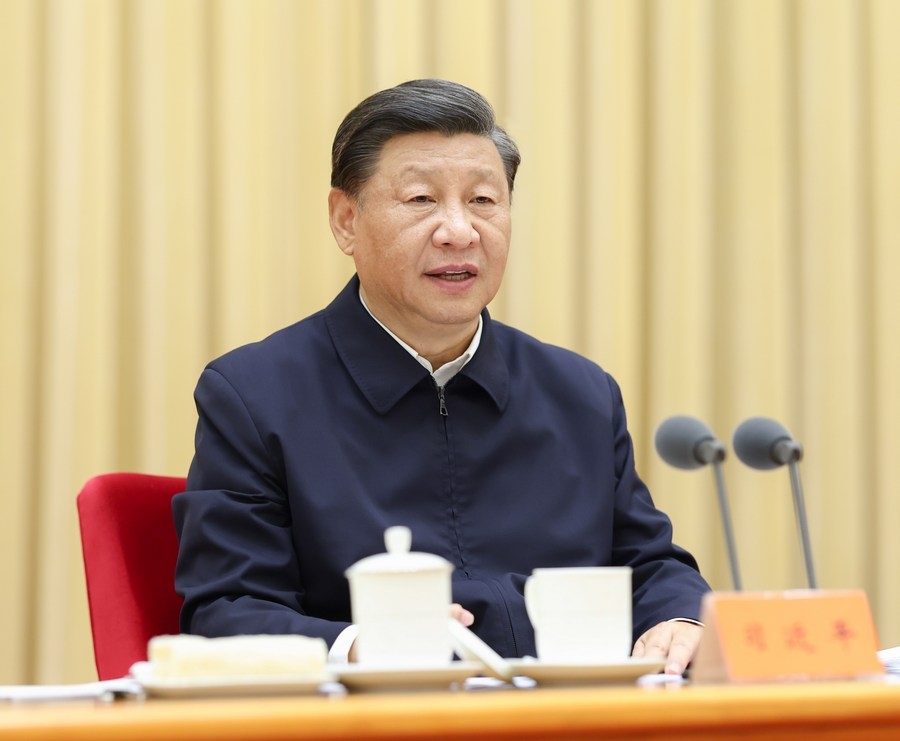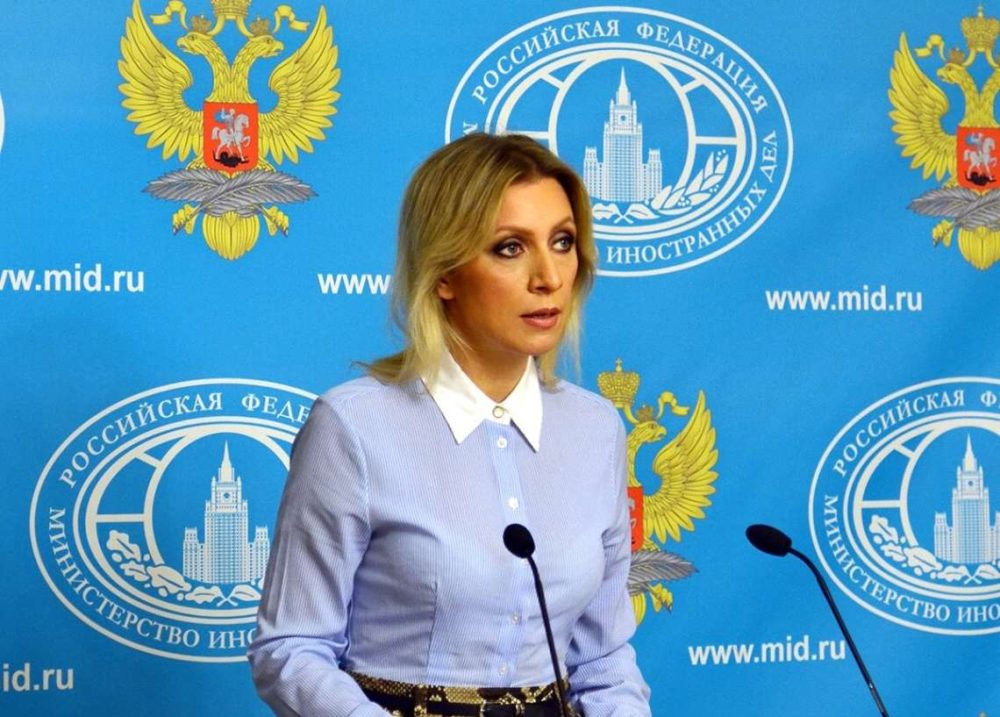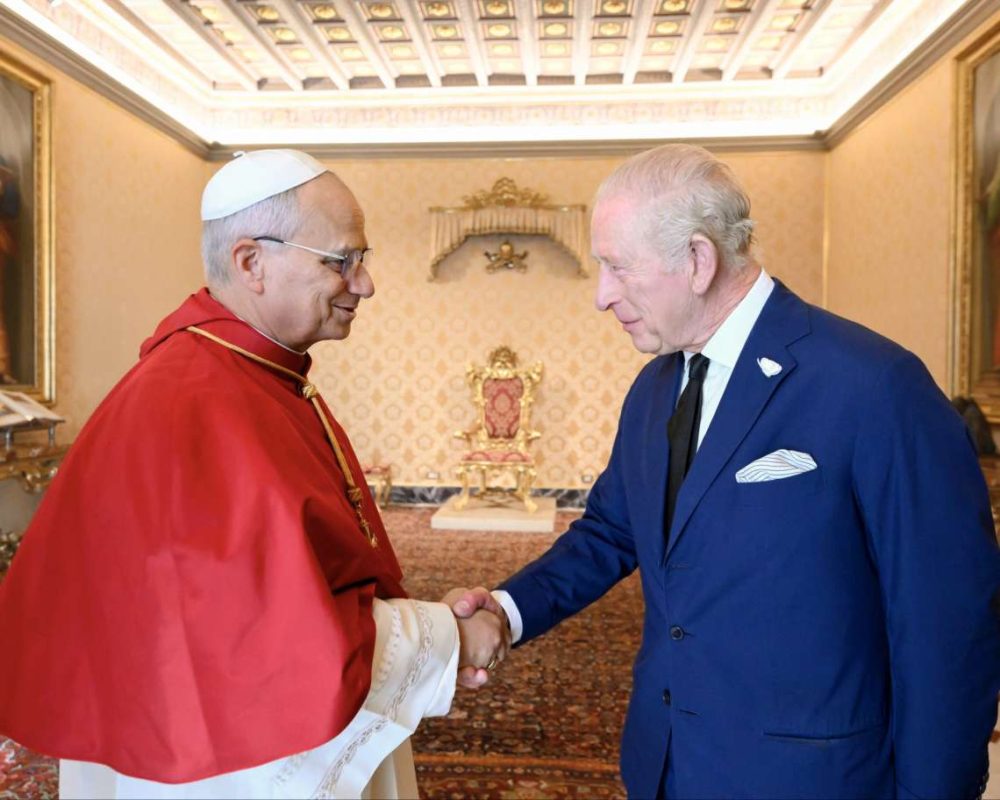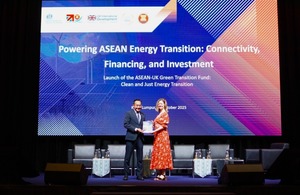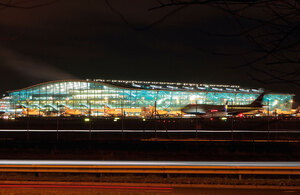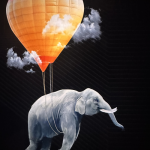According to ESA, ISRO’s Aditya-L1 solar observatory is due to launch towards the end of August…reports Asian Lite News
European Space Agency (ESA) from its various centres will be tracking India’s Chandrayaan-3 spacecraft’s progress and health, said the space agency, adding that it will also lend support to some future missions.
The ESA will also lend tracking support for Indian Space Research Organisation’s (ISRO) next interplanetary mission — Sun Mission- Aditya L1 — a solar observatory slated for launch towards the end of August 2023, the ESA said.
And discussions are ongoing between ESA and ISRO for providing tracking support for India’s first human space mission, Gaganyaan.
Communication is an essential part of every deep space mission. Ground stations on Earth keep operators safely connected to spacecraft as they venture into the unknowns and risks of space, the ESA said.
Without ground station support, it’s impossible to get any data from a spacecraft, to know how it’s doing, to know if it is safe or even to know where it is.
ISRO operates a 32-metre deep space tracking station in India that enables it to locate, track, command and receive telemetry and scientific data from its distant spacecraft.
But sometimes, ISRO’s operators need to track or command a spacecraft when it is outside the field of view of this antenna.
“Building new giant antennas and control stations around the world is very expensive. So, like many space agencies and commercial companies across the globe, ISRO will receive support from the stations of partner organisations instead. Not only does this significantly reduce costs, but it also fosters international spaceflight collaboration,” ESA said.
With its global ‘Estrack’ network of deep space stations, ESA can help its partners track, command and receive data from spacecraft almost anywhere in the Solar System via its ESOC mission control centre in Darmstadt, Germany.
ESA’s 15 metre antenna in Kourou, French Guiana, will be used to track Chandrayaan-3 during the days after launch to help ensure that the spacecraft survived the rigours of lift off and is in good health as it begins its journey to the Moon, the ESA said.
As the spacecraft recedes from Earth, ESA will coordinate tracking support from the 32-metre antenna operated by Goonhilly Earth Station Ltd in the UK.
Goonhilly will support Chandrayaan-3’s propulsion and lander modules. Crucially, it will support the lander during the entire phase of lunar surface operations, helping to ensure that science data acquired by the rover arrives safely with ISRO in India.
Data and telemetry sent back by Chandrayaan-3 arriving via Kourou and Goonhilly will first be forwarded to ESOC. From there, they will be sent to ISRO for analysis.
“The two European stations will compliment support from NASA’s Deep Space Network and ISRO’s own stations to ensure the spacecraft’s operators never lose sight of their pioneering Moon craft,” the ESA added.
According to ESA, ISRO’s Aditya-L1 solar observatory is due to launch towards the end of August.
Aditya-L1 is named after the Hindu Sun god and the spacecraft’s future home, L1 — the first Lagrange point of the Earth-Sun system. It will study a number of properties of our star, such as the dynamics and origins of coronal mass ejections, the ESA remarked.
The ESA support to Aditya-L1 will include similar tracking activities from Kourou and Goonhilly. But it will also include support from the largest of ESA’s antennas — the three 35-metre deep space antennas, located in New Norcia, Australia, Malargue, Argentina, and Cebreros, Spain.
These stations are used by ESA every day to communicate with its expanding fleet of Solar System explorers such as Juice, BepiColombo and Solar Orbiter, and space observatories such as Gaia and the recently launched Euclid. They also support missions flown by ESA’s institutional and commercial partners.
“ESA Flight Dynamics experts were also involved in the support to Aditya-L1. ESA assisted with the validation of the ‘orbit determination’ software that ISRO will use for the Aditya-L1 mission. This software is vital for calculating exactly where your spacecraft is in order to communicate with it and calibrate its scientific instruments,” the ESA said.
Discussions are underway regarding potential ESA ground station support for India’s first human spaceflight programme, Gaganyaan, the space agency added.
ALSO READ-ISRO, Navy join hands for Gaganyaan recovery training plan


